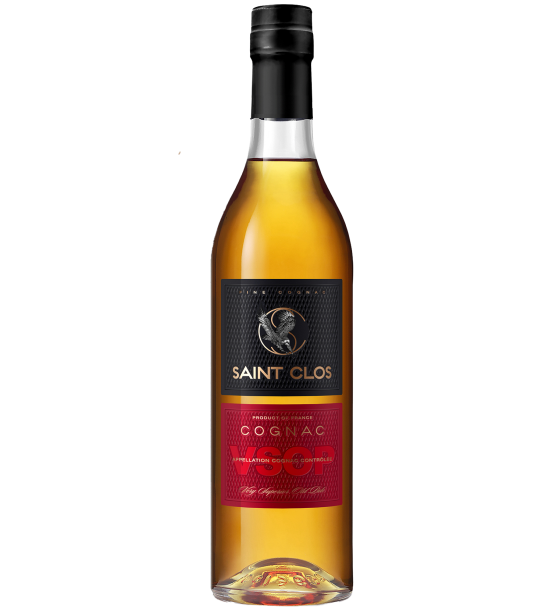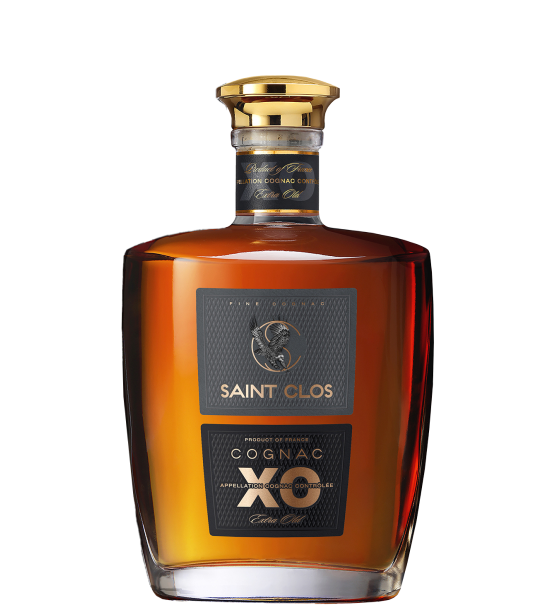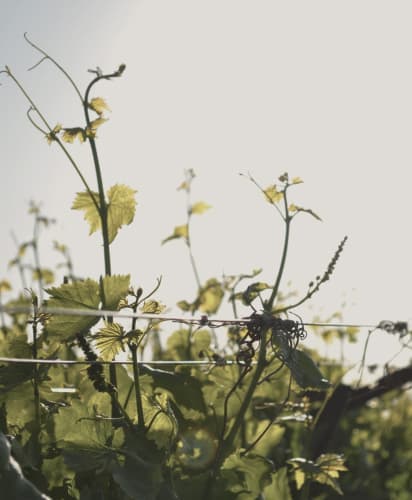To visit our website, you must be of legal drinking and purchasing age within your country of residence
If no such laws exist in your country, you have to be 21 to visit our site
If no such laws exist in your country, you have to be 21 to visit our site



The multifaceted expression of grapes and all its complex aromas are revealed in each of our cognacs
Each bottle of Saint Clos Cognac keeps our history and passion for the cause of life



Every action related to the production of Saint Clos cognac is strictly bound by
practices and turned into the rules strictly mandatory for everyone. Only permitted
grape varieties are used, and the leader among them is Ugni Blanc.
Daily work on the vineyards. Saint Clos pays a special attention to vines to get healthy
and well balanced grapes using sustainable growing methods to treat as carefully as
possible to the environment and the vineyard. Each step is thought out for the purpose
of production wines with respect for the terroir and nature.
Usually, we harvest in the middle of October, the bunches are immediately going to the
press, where the berries are gently crushed so that the juice flows out of them. At the
same time we never squeeze the grapes dry, since the last squeeze can have an unpleasant
grassy taste.
The juice is being fermented without the added sugar to get unfiltered dry white wine
with an alcohol content of 8-9%. Then we send this wine for distillation to a copper
alembic. We used to use small capacity alembics, 25 hl as a maximum. It allows to
distill grapes from each terroir separately.
Before distillation, the wine is always warm up. After the first distillation we obtain
the so-called Brouillis, a raw alcohol containing approximately 30% alcohol. During the
second distillation our master cuts off the primary fraction containing toxic
impurities, collects the body with a strength of 69-72%, and as soon as the strength
drops to 60%, cuts off the tail. The whole process takes about a day, while no more than
10 liters of wine produces 1 liter of «eaux-de-vie».
This «eaux-de-vie» went to barrels of Limousin oak for rest. Cognac spends there from 30
months (for VS) to several decades. Aged spirits we blend to get a complex harmonious
bouquet.
Blending of spirits is a separate art. Only the cellar master, the keeper of ancient
craftsmanship, decides when and in what proportion to blend spirits obtained from
different terroirs and having different ages to create a great cognac. In this way,
following the rules established by law, using centuries-old traditions and experience of
generations of masters of blending, Saint Clos cognac is born.
